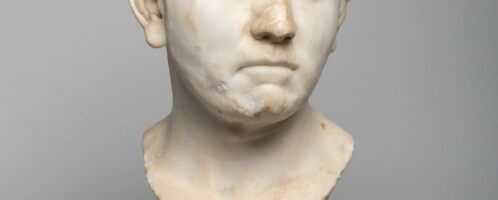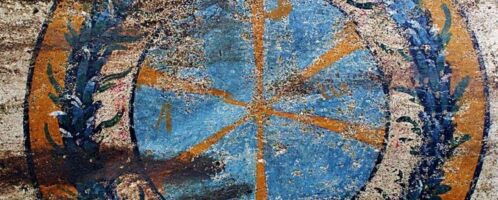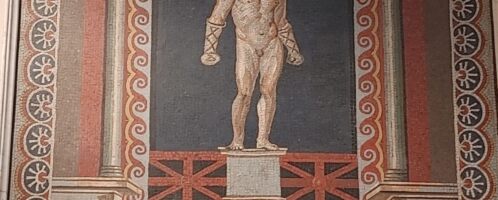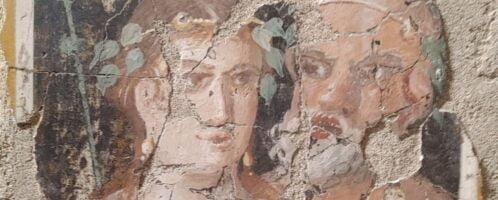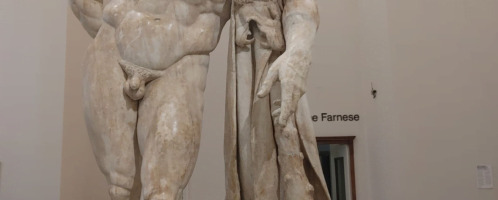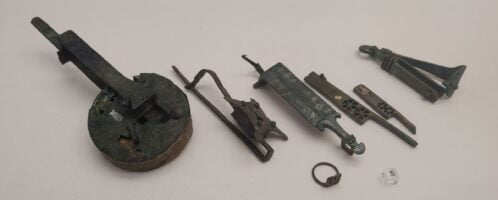Roman bust dated to period of Julio-Claudian dynasty
Roman bust dated to the period of the Julio-Claudian dynasty (27 BCE – 68 CE). The object is made of marble and shows a middle-aged man, perhaps even Sextus Pompey, son of Pompey the Great and rival of Octavian Augustus and Mark Antony during the civil war.

